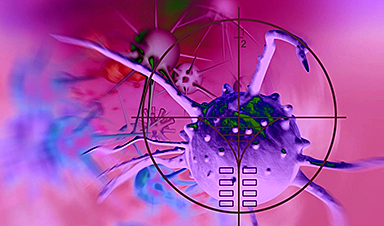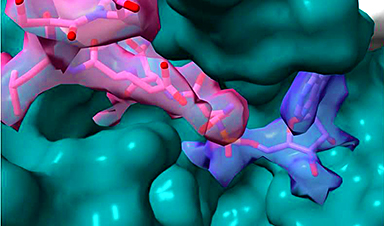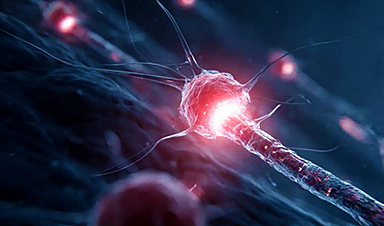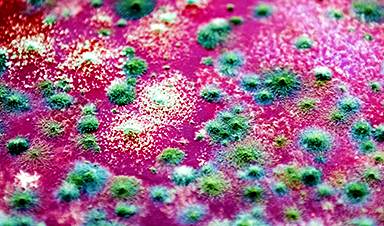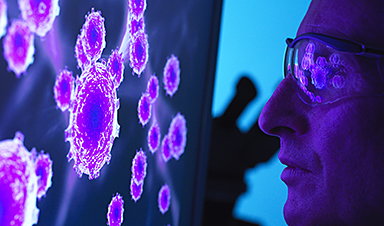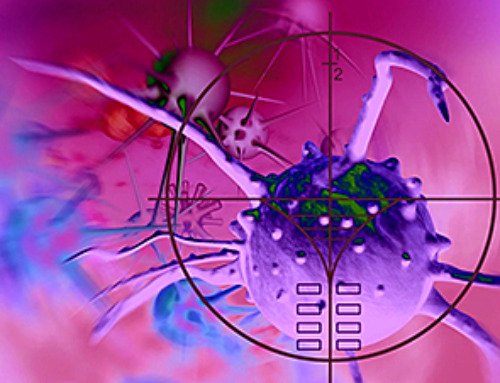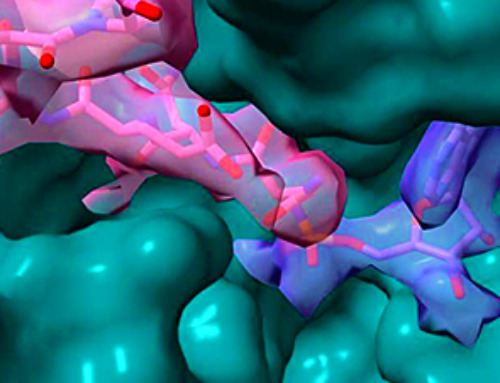In a study available in the journal Materials Today: Proceedings, silver nanoparticles (Ag NPs) were fabricated using a green method using Citrus X sinensis.
Methylthioninium Chloride (MB) Dyes Threatening the Environment
Dye and sewage drainage into waterways by factories is a significant ecological issue. The dye produced by large textile factories and other businesses has major environmental consequences.
MB dyes, which pose major ecological concerns, are among the substantial quantities discharged. The cationic MB (methylthioninium chloride) dye is very acidic in nature, causing damage to underwater life as well as the well-being of humans.
How can Nanoparticles Help in Mitigating Pollution?
Nanotechnology has an important and decisive role in pollution elimination. Nanoparticle (NP) research has gained popularity in the last couple of decades owing to the exceptional properties of nanoparticles and their numerous applications. The large surface-to-volume ratio of NPs boosts their beneficial qualities.
Green manufactured NPs have been proven to have greater relevance in the breakdown of dyes than chemically fabricated NPs, resulting in a novel strategy for tackling water contamination concerns.
Biological Synthesis of Nanoparticles – The Way Forward
Chemical techniques of NP fabrication use more energy, are more expensive and employ hazardous chemicals. In comparison, the biological creation of NPs uses lesser energy, is inexpensive, and uses only harmless chemicals.
Many botanical components, including stems, roots, leaves, and flowers were employed in the extract to fabricate NPs. Several therapeutic plants, including Lippia citriodora, Alpinia nigra, Kalanchoe pinnata, and Gmelina arborea, have recently been used to synthesize silver nanoparticles (Ag NPs).
The Role of Silver Nanoparticles
Ag NPs have piqued the interest of scientists due to their distinctive qualities such as chemical and photonic stability, as well as catalytic, optoelectronic and antibacterial characteristics. The catalytic process has been identified as among the most successful dye removal strategies. Owing to their active pore locations, Ag NPs maximize their catalytic properties.
Using Citrus X sinensis for Synthesis of Silver Nanoparticles
Citrus is an evergreen plant that is thriving in the Brazilian area. It can also be seen in South China, Myanmar, and Northeast India. This species belongs to the Rutaceae family. Colloquially referred to as sweet orange, Citrus X sinensis has been claimed to possess medicinal and antioxidant properties.
The occurrence of carbohydrates, alkaloids, flavonoids, phenolics, tannins, triterpenes, and saponins was discovered in Citrus X sinensis extracts. The fruits of Citrus X sinensis were utilized to fabricate Ag NPs in this research. After experiencing a photocatalyzed reduction in ultraviolet light, the Citrus X sinensis-coated Ag NPs were used to break down the MB dye.
Examining the Catalytic Activity of Produced Silver Nanoparticles
The catalytic performance of green fabricated Ag NPs for MB was investigated under direct sunlight. In 100 milliliters of 30 ppm methylthioninium chloride dye solution, a 10-milligram catalyst was introduced. Prior to illumination, the solution was stirred for 15 minutes in darkness to reach adsorption and desorption equilibrium.
The process continued to progress when exposed to sunshine. The dye breakdown process was conducted by subjecting the solution to sunlight at different time durations. The solution was centrifuged after each exposure to sunlight to remove the catalyst.
Key Findings of the Study
For the synthesis of Ag NPs in this study, a green and efficient process was adopted. Citrus X sinensis fruit extract was used to successfully generate Ag NPs. These fruit extracts were demonstrated to cause a reduction of AgNO3 to produce Ag NPs.
Characterization results from ultraviolet-visible analysis demonstrated that the Citrus X sinensis fruit extract had a significant influence on the stability of the synthesized nanoparticles. SEM scans confirmed the formation of sphere-shaped NPs with a uniform size distribution.
Green Ag NPs were shown to be efficient in catalyzed reduction of methylthioninium chloride dyes. Moreover, the nanoscale catalyst reusability investigation revealed that the catalyst is robust enough for repetitive usage. The photocatalyzed breakdown data showed that Ag NPs deteriorated 82.2 percent of the MB dye in 75 minutes.
This study’s results suggested that biologically synthesized silver nanoparticles made from Citrus X sinensis fruit extract are suitable for photocatalytic activity.
News
Nano-Enhanced Hydrogel Strategies for Cartilage Repair
A recent article in Engineering describes the development of a protein-based nanocomposite hydrogel designed to deliver two therapeutic agents—dexamethasone (Dex) and kartogenin (KGN)—to support cartilage repair. The hydrogel is engineered to modulate immune responses and promote [...]
New Cancer Drug Blocks Tumors Without Debilitating Side Effects
A new drug targets RAS-PI3Kα pathways without harmful side effects. It was developed using high-performance computing and AI. A new cancer drug candidate, developed through a collaboration between Lawrence Livermore National Laboratory (LLNL), BridgeBio Oncology [...]
Scientists Are Pretty Close to Replicating the First Thing That Ever Lived
For 400 million years, a leading hypothesis claims, Earth was an “RNA World,” meaning that life must’ve first replicated from RNA before the arrival of proteins and DNA. Unfortunately, scientists have failed to find [...]
Why ‘Peniaphobia’ Is Exploding Among Young People (And Why We Should Be Concerned)
An insidious illness is taking hold among a growing proportion of young people. Little known to the general public, peniaphobia—the fear of becoming poor—is gaining ground among teens and young adults. Discover the causes [...]
Team finds flawed data in recent study relevant to coronavirus antiviral development
The COVID pandemic illustrated how urgently we need antiviral medications capable of treating coronavirus infections. To aid this effort, researchers quickly homed in on part of SARS-CoV-2's molecular structure known as the NiRAN domain—an [...]
Drug-Coated Neural Implants Reduce Immune Rejection
Summary: A new study shows that coating neural prosthetic implants with the anti-inflammatory drug dexamethasone helps reduce the body’s immune response and scar tissue formation. This strategy enhances the long-term performance and stability of electrodes [...]
Scientists discover cancer-fighting bacteria that ‘soak up’ forever chemicals in the body
A family of healthy bacteria may help 'soak up' toxic forever chemicals in the body, warding off their cancerous effects. Forever chemicals, also known as PFAS (per- and polyfluoroalkyl substances), are toxic chemicals that [...]
Johns Hopkins Researchers Uncover a New Way To Kill Cancer Cells
A new study reveals that blocking ribosomal RNA production rewires cancer cell behavior and could help treat genetically unstable tumors. Researchers at the Johns Hopkins Kimmel Cancer Center and the Department of Radiation Oncology and Molecular [...]
AI matches doctors in mapping lung tumors for radiation therapy
In radiation therapy, precision can save lives. Oncologists must carefully map the size and location of a tumor before delivering high-dose radiation to destroy cancer cells while sparing healthy tissue. But this process, called [...]
Scientists Finally “See” Key Protein That Controls Inflammation
Researchers used advanced microscopy to uncover important protein structures. For the first time, two important protein structures in the human body are being visualized, thanks in part to cutting-edge technology at the University of [...]
AI tool detects 9 types of dementia from a single brain scan
Mayo Clinic researchers have developed a new artificial intelligence (AI) tool that helps clinicians identify brain activity patterns linked to nine types of dementia, including Alzheimer's disease, using a single, widely available scan—a transformative [...]
Is plastic packaging putting more than just food on your plate?
New research reveals that common food packaging and utensils can shed microscopic plastics into our food, prompting urgent calls for stricter testing and updated regulations to protect public health. Beyond microplastics: The analysis intentionally [...]
Aging Spreads Through the Bloodstream
Summary: New research reveals that aging isn’t just a local cellular process—it can spread throughout the body via the bloodstream. A redox-sensitive protein called ReHMGB1, secreted by senescent cells, was found to trigger aging features [...]
AI and nanomedicine find rare biomarkers for prostrate cancer and atherosclerosis
Imagine a stadium packed with 75,000 fans, all wearing green and white jerseys—except one person in a solid green shirt. Finding that person would be tough. That's how hard it is for scientists to [...]
Are Pesticides Breeding the Next Pandemic? Experts Warn of Fungal Superbugs
Fungicides used in agriculture have been linked to an increase in resistance to antifungal drugs in both humans and animals. Fungal infections are on the rise, and two UC Davis infectious disease experts, Dr. George Thompson [...]
Scientists Crack the 500-Million-Year-Old Code That Controls Your Immune System
A collaborative team from Penn Medicine and Penn Engineering has uncovered the mathematical principles behind a 500-million-year-old protein network that determines whether foreign materials are recognized as friend or foe. How does your body [...]


